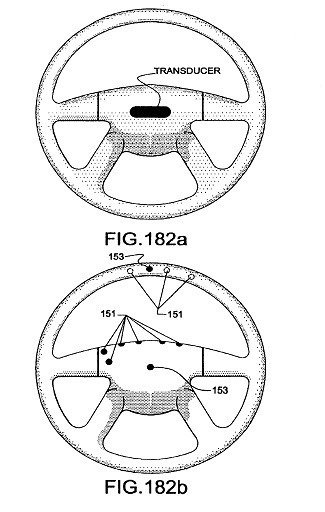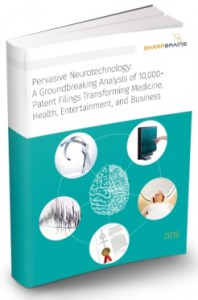Recognizing unique EEG brainwaves to enhance biometric authentication: Key Neurotech Patent #20

– Illustrative image from U.S. Patent No. 6,898,299
Today we are sharing a robust 2005 patent harnessing EEG brainwaves in the (now) hot space of biometric authentication and security. (As mentioned, we are featuring a foundational Pervasive Neurotech patent a day, from older to newer by issue date)
U.S. Patent No. 6,898,299: Method and system for biometric recognition based on electric and/or magnetic characteristics.
- Assignee(s): GR Intellectual Reserve, LLC
- Inventor(s): Juliana H. Brooks
- Technology Category: EEG
- Issue Date: May 24, 2005
SharpBrains’ Take:
The ‘299 patent applies EEG signals, along with a number of other biometric signals, to a wide array of authentication and security applications. Disclosed embodiments range from authenticated access of a locked device (e.g., physical door locks, computer access, etc.) to secure telecommunications system to conducting financial transactions. The specification covers an expansive 141 illlustration sheets and over 30 pages of written material in the specification. The robust specification, along with a priority date extending back to 1998, make the ‘299 patent a valuable intellectual asset for protecting products and services involving biometric authentication and are amongst the factors that make the ‘299 patent a key non-invasive neurotechnology patent.
Abstract:
A method and apparatus for authenticating an individual living organism by recognizing a unique internal electric and/or magnetic and/or acoustic characteristic, which comprises a biometric signature, involve presenting a body part to a sensing device that senses the signature. The sensed presented biometric signature is compared to a known biometric signature to authenticate the individual. This authentication can then be used to authorize any of a wide variety of actions by the individual, such as accessing equipment or an area, or to perform actions, such as conducting financial transactions. A card having sensors is used to sense the biometric signature which is read by a card reader and sent to a local or remote reader for biometric signature comparison.
Illustrative Claim 41. A method of authorizing an action by a specific individual, comprising the steps of
- measuring unique, internal electric or magnetic or acoustic properties of a plurality of different body parts of said specific individual,
- calculating a ratio of said measurements to generate a present biometric signature,
- providing a database containing known biometric signatures representing a class of individuals,
- comparing the present biometric signature and the known biometric signatures in said database to determine if said individual is a member of said class of individuals, and
- authorizing the action by said specific individual when identified as a member of said class.
 To learn more about market data, trends and leading companies in the digital brain health space –digital platforms for brain/ cognitive assessment, monitoring and enhancement– check out this market report. To learn more about our analysis of 10,000+ patent filings, check out this IP & innovation neurotech report.
To learn more about market data, trends and leading companies in the digital brain health space –digital platforms for brain/ cognitive assessment, monitoring and enhancement– check out this market report. To learn more about our analysis of 10,000+ patent filings, check out this IP & innovation neurotech report.


